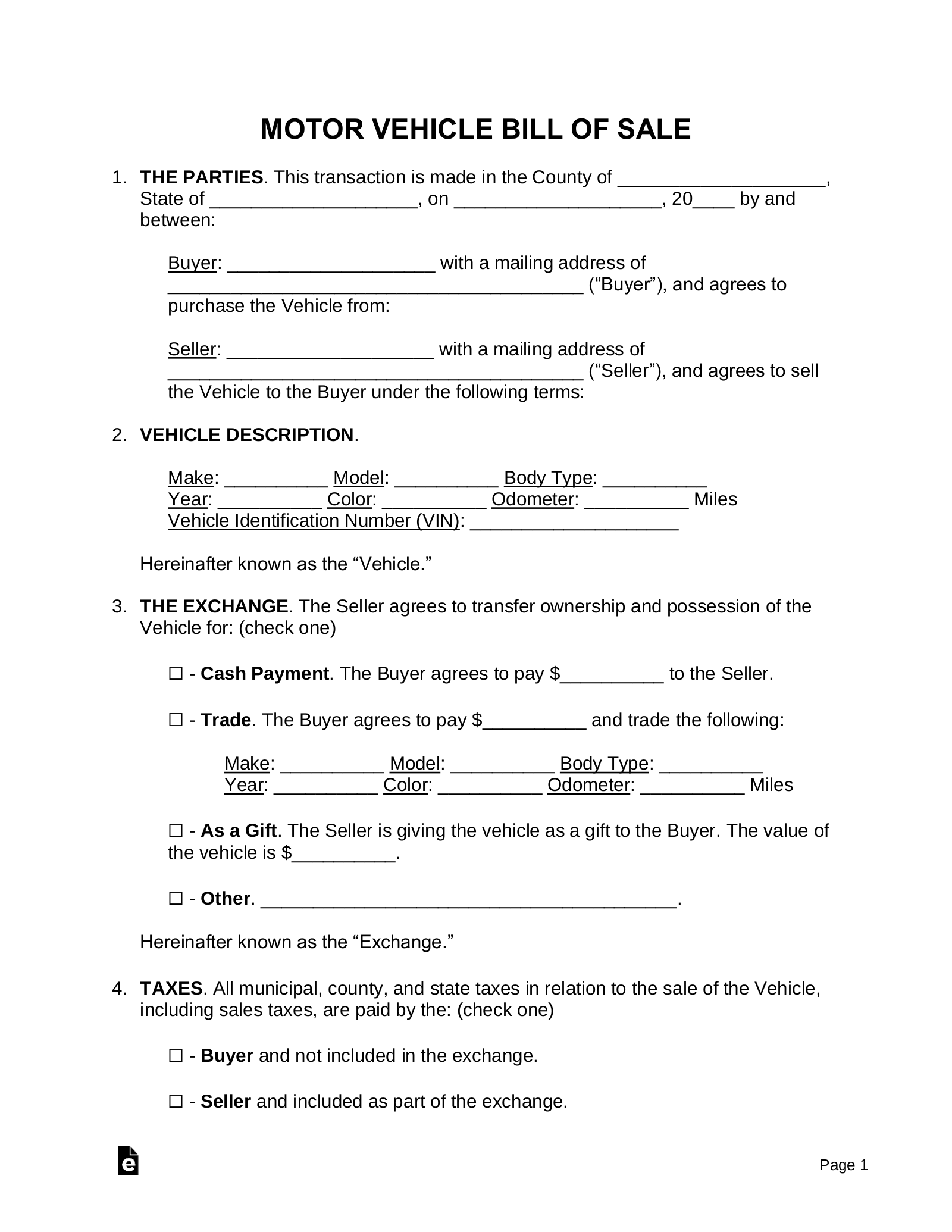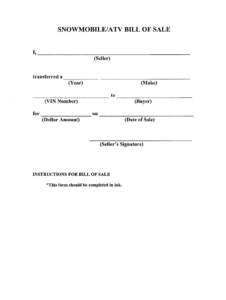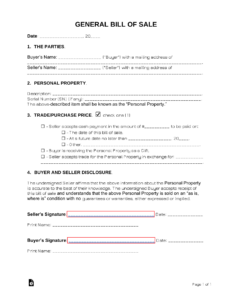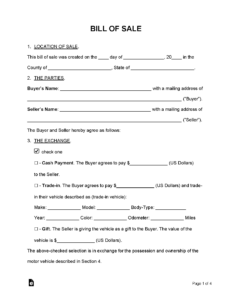Buying or selling a used car can be an exciting time, but it also comes with a fair share of paperwork and legal considerations. One document that often gets overlooked, or simply treated as an afterthought, is the bill of sale. Yet, this simple piece of paper is incredibly powerful and serves as the bedrock of your transaction, protecting both the buyer and the seller from potential future disagreements.
Think of it as more than just a receipt; it is a legally binding contract that clearly outlines the terms of sale. Without a properly executed bill of sale, you could encounter hurdles when it comes to transferring ownership, registering the vehicle, or even resolving disputes down the road. It ensures that everyone involved knows exactly what was agreed upon, providing peace of mind for all parties.
Why a Bill of Sale is Absolutely Essential for Your Car Deal
A well-crafted bill of sale acts as your primary safeguard in any used car transaction. For the seller, it proves that you no longer own the vehicle and are not responsible for it after the sale date, preventing liability for any incidents that occur post-transfer. For the buyer, it establishes your legal ownership and provides crucial details about the vehicle as it was represented at the time of purchase. This level of clarity helps prevent misunderstandings and legal headaches.

Furthermore, most states require a bill of sale as part of the vehicle registration and titling process. Without it, you might find yourself unable to legally put the car in your name, which can lead to fines, impoundment, or other inconvenient legal issues. It serves as official documentation that the vehicle has changed hands and fulfills a critical administrative step in the process.
This document also clearly defines the purchase price, which is vital for tax purposes and can impact the vehicle’s assessed value. It typically states that the car is being sold “as-is,” meaning the buyer accepts the vehicle in its current condition with no warranties from the seller. This clause is incredibly important for sellers, as it limits their liability for any mechanical issues that may arise after the sale.
In the unfortunate event of a dispute, whether it is over the vehicle’s condition, the agreed-upon price, or even the date of sale, the bill of sale becomes the most important piece of evidence. It is a dated, signed record of the agreement, making it invaluable for resolving conflicts or proving your side of the story in court if necessary.
Key Information Your Bill of Sale Needs
Crafting and Using Your Ideal Bill of Sale Used Car Template
Using a reliable bill of sale used car template can save you a significant amount of time and ensure you do not miss any critical information. Instead of starting from scratch and potentially overlooking essential legal components, a template provides a structured format that guides you through every necessary detail. It streamlines the process, making it simple and straightforward for both parties involved.
A good template will include dedicated fields for all the information mentioned above, from the buyer’s and seller’s details to the vehicle’s specifics and the final purchase price. These pre-formatted sections ensure that you capture every piece of data required for a legally sound transaction, reducing the likelihood of errors or omissions that could cause problems later on.
While a template provides a solid foundation, remember that you can always customize it to fit your specific needs. For instance, if you have a unique agreement regarding certain accessories or if there are specific disclosures about the vehicle’s history, you can add those clauses directly into the template. Just be sure that any additions are clear, concise, and agreed upon by both parties before signing.
Once you have filled out your bill of sale used car template, accuracy is paramount. Double-check all spellings, numbers, and dates before signing. Both the buyer and seller should sign the document, and it is highly advisable to have both parties retain a copy for their records. Consider signing in duplicate or making clear photocopies immediately after signing.
After the transaction is complete, ensure that both the buyer and seller keep their respective copies of the bill of sale in a safe place. For the buyer, it will be needed for vehicle registration and title transfer. For the seller, it serves as proof that the vehicle is no longer their responsibility. This simple step protects everyone and ensures a smooth, legal conclusion to the sale.
Navigating the complexities of buying or selling a used car becomes significantly less stressful when you have the right documentation in place. A comprehensive and accurate bill of sale is not just a formality; it is an indispensable tool that protects your interests and provides clear evidence of the transaction.
By taking the time to properly complete and understand a bill of sale, you are ensuring a transparent and legally compliant exchange. This small effort provides substantial protection and peace of mind for both the buyer and seller, making for a much smoother and more secure vehicle transfer process.



